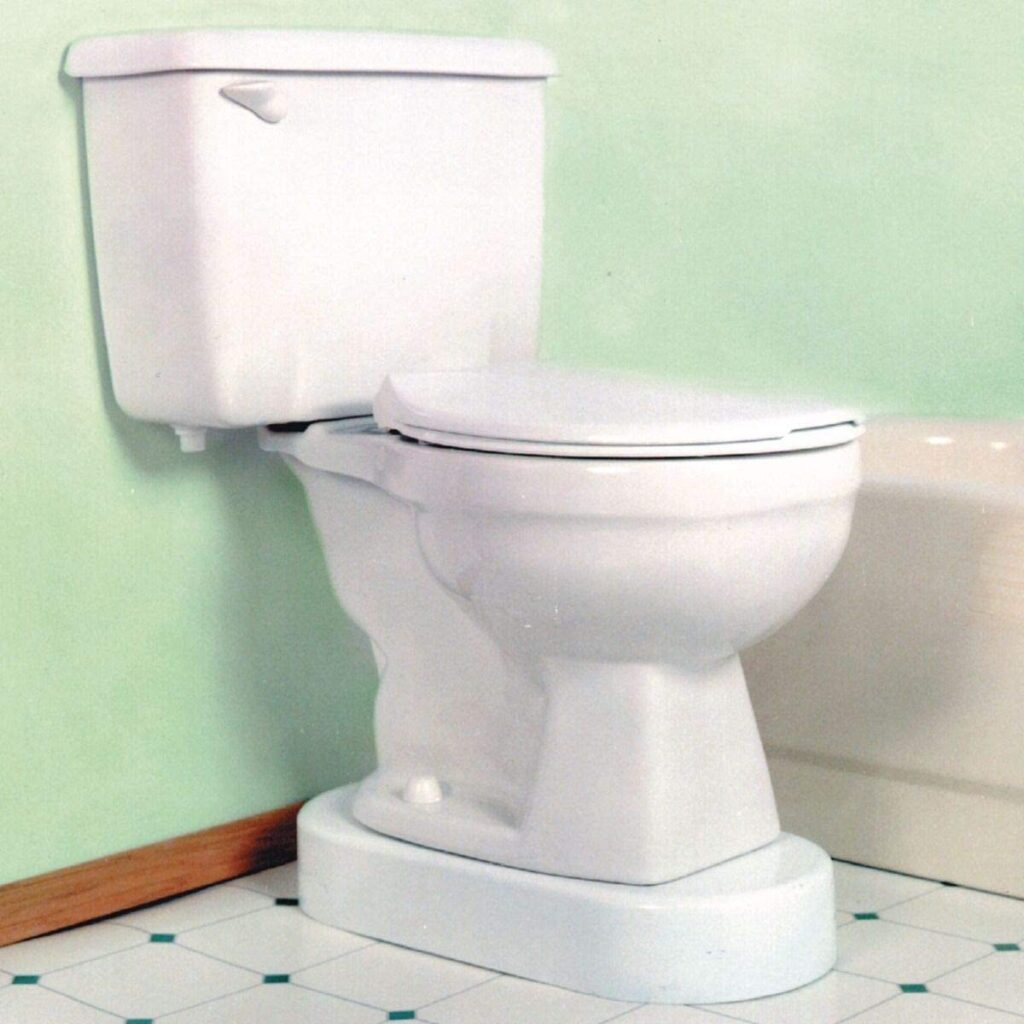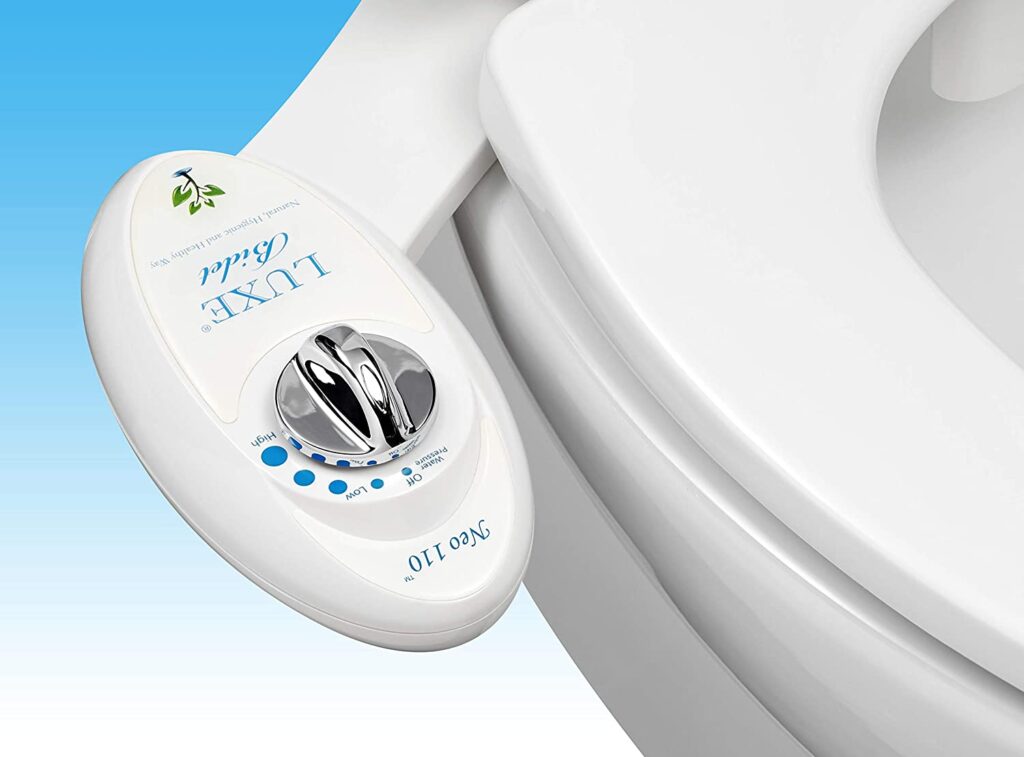Is your shower head leaking from the connection, leaving you frustrated with wasted water and higher bills? You’re not alone, and the good news is you don’t need to call a plumber just yet.
A leaky shower head is a common issue, but it’s also one that you can easily fix yourself with a little guidance. Imagine stepping into your bathroom, knowing everything is working perfectly—no annoying drips, no mess, just a smooth, efficient shower experience.
Sounds great, right? We’ll walk you through simple, step-by-step instructions to stop that leak once and for all. Whether you’re a DIY pro or someone who’s never touched a wrench, you’ll find this guide easy to follow. Stick around, because by the end, you’ll save money, conserve water, and restore peace to your bathroom. Ready to take control of your shower troubles? Let’s dive in!

Credit: www.reddit.com
Table of Contents
Common Causes Of Leaks
Fixing a leaking shower head might seem daunting, but it’s often easier than you think. To stop the drip, you first need to know what’s causing it. Let’s break down the most common culprits behind shower head leaks and how you can address them.
Loose Connections
One of the simplest causes of leaks is a loose connection between the shower head and the pipe. Over time, vibrations or frequent adjustments can loosen the threads. If water seeps through the joint, try tightening it gently with a wrench or pliers. Wrap a soft cloth around the connection first to avoid scratching it.
If tightening doesn’t help, you might need plumber’s tape. Wrap the tape around the threads of the pipe before reattaching the shower head. This creates a better seal and prevents water from leaking.
Worn-out Washers
Washers are small rubber rings inside the shower head that create a watertight seal. They wear out over time, especially if exposed to high water pressure or frequent use. A damaged washer can cause water to leak from where the head attaches to the pipe.
To fix this, disassemble the shower head and inspect the washer. If it looks cracked or flattened, replace it with a new one. Washers are inexpensive and can be found at any hardware store.
Damaged Threads
Shower head threads can get worn or damaged, especially if cross-threaded during installation. Water can escape through these tiny gaps, creating a persistent leak. Inspect the threads carefully for dents, cracks, or uneven surfaces.
If the threads are damaged, you may need to replace the shower head or the connecting pipe. In some cases, thread sealant or plumber’s tape can temporarily patch the issue, but it’s not a permanent fix. Always align the threads properly when screwing the parts together to prevent future damage.
Mineral Buildup
Hard water can leave behind mineral deposits that clog the shower head and disrupt its flow. Over time, this buildup can create pressure inside the head, forcing water to leak from the connection. White or green residue around the joint is a clear sign of this problem.
Soak the shower head in a mixture of white vinegar and water for a few hours. This dissolves the buildup and restores proper water flow. Regular cleaning can prevent this issue from happening again. Why wait for a leak when a quick soak can save you time and frustration?
Now that you know the common causes of leaks, take a closer look at your shower head. Which of these problems do you think is causing the drip? A little maintenance today can save you from bigger headaches later.
Tools And Materials Needed
Fixing a leaking shower head connection doesn’t have to feel like a daunting task. With the right tools and materials, you can tackle the issue efficiently and save yourself the cost of calling a plumber. But before you dive in, it’s essential to gather everything you need to avoid frustrating interruptions.
Basic Tools For Repairs
To get started, you’ll need a few basic tools that are likely already in your toolbox. A wrench or adjustable spanner is key for loosening and tightening connections. Make sure it’s the right size to avoid damaging the fixture.
Plumber’s tape, also known as Teflon tape, is a must-have. This thin tape creates a watertight seal and prevents leaks when applied correctly. You’ll also need a cloth or sponge to wipe away grime and ensure the connection is clean before making repairs.
If you’re working with older fixtures, a pair of pliers can help you grip and maneuver stubborn parts. These tools are straightforward, but incredibly effective for this task.
Essential Replacement Parts
Sometimes, tools aren’t enough—you’ll need replacement parts to fix the problem. Check if the rubber washer inside your shower head is worn out or cracked. If it is, you’ll need a new washer, which is inexpensive and easy to find at hardware stores.
If the threads on your shower arm or shower head are damaged, a replacement shower head or arm might be necessary. These parts come in various sizes, so ensure you match the dimensions of your current setup.
For persistent leaks, a pipe joint compound may also be worth adding to your materials list. It provides a stronger seal than plumber’s tape for tricky connections.
Safety Precautions
Before you start, always turn off the water supply to prevent accidental flooding. You don’t want water spraying everywhere while you’re trying to fix the leak.
If you’re using tools like wrenches and pliers, wear gloves to protect your hands. Metal tools can easily slip, causing injuries if you aren’t careful. A sturdy grip is vital.
Lastly, ensure the area around your shower is dry and free from clutter. Slippery surfaces and scattered tools can lead to accidents. Keeping your workspace organized makes the process smoother and safer.
Do you have all these tools and materials ready? If not, it’s worth double-checking your list before you begin. Being prepared saves time and prevents frustration during repairs. You’ve got this!
Step-by-step Repair Process
Dealing with a leaking shower head connection can be frustrating, but the good news is that most repairs are straightforward and don’t require professional help. With a few tools and a little patience, you can restore your shower to full working order. Let’s walk through the step-by-step process to fix that annoying drip and save yourself some water (and money).
Turn Off The Water Supply
Before you start, shut off the water supply to your shower. This prevents water from spraying everywhere when you disconnect the shower head. If your shower doesn’t have a dedicated shutoff valve, turn off the main water supply to your home.
Once the water is off, turn on the shower to drain any remaining water in the pipes. This step ensures you’re working with a dry connection, making the repair process cleaner and easier.
Inspect The Connection
Carefully examine where the shower head connects to the arm. Is the thread seal tape worn out, or does the washer look damaged? Look for obvious signs of wear, rust, or improper threading.
If the threads look misaligned, your connection may not be tight enough. Sometimes, a simple adjustment is all you need to stop the leak.
Clean And Reapply Thread Seal Tape
Remove the shower head by twisting it counterclockwise. Use a wrench if it’s stuck, but be gentle to avoid damaging the finish.
Once removed, clean off any old thread seal tape or debris from the threads. Reapply fresh thread seal tape by wrapping it around the threads two to three times in a clockwise direction. This helps create a tight, watertight seal.
Replace The Washer If Necessary
If reapplying thread seal tape doesn’t solve the problem, check the rubber washer inside the shower head. Over time, these washers can crack or flatten, causing leaks.
Remove the damaged washer and replace it with a new one of the same size. Washers are affordable and easy to find at any hardware store.
Reattach And Test The Connection
Screw the shower head back onto the arm, turning it clockwise until it’s snug. Use your hands first, then a wrench for a final gentle tightening if needed.
Turn the water supply back on and test the connection. Let the water flow for a minute and check for leaks. If there’s still a drip, repeat the steps or consider consulting a professional.
Fixing a leaking shower head connection doesn’t have to be a headache. By following these simple steps, you can tackle the issue and enjoy a leak-free shower again. What’s stopping you from grabbing that wrench and taking action?

Credit: diy.stackexchange.com
Tips For Preventing Future Leaks
Preventing shower head leaks is easier than fixing them repeatedly. By taking simple steps, you can extend the life of your shower head. Regular care and mindful practices can save you time and effort in the long run.
Regular Maintenance
Inspect your shower head and connections every few months. Look for signs of wear, rust, or buildup around the fittings. Clean the shower head to remove mineral deposits that can weaken seals. Use vinegar or a gentle cleaner for effective results. Regular checks can catch potential issues before they become big problems.
Using Quality Parts
Invest in durable and high-quality shower head components. Cheaper parts often wear out faster, leading to leaks. Choose washers, gaskets, and tapes that are designed for long-term use. Quality materials ensure a tighter seal and reduce the chance of frequent repairs.
Avoiding Over-tightening
Over-tightening connections can damage threads and weaken seals. Use a wrench carefully to tighten connections, but do not overdo it. Hand-tightening is often enough to create a secure fit. If tools are needed, apply gentle pressure to avoid cracks or distortions.
When To Call A Professional
Fixing a leaking shower head might seem simple at first. But sometimes, even your best DIY efforts can’t solve the problem. Knowing when to call a professional can save you time, money, and frustration.
Signs Of Severe Damage
If you notice cracks or visible damage in the connection, it’s time to pause. No amount of tape or sealant can fix broken hardware. Professionals can assess the damage and recommend replacement parts or upgrades.
Persistent Leaks Despite Repairs
You’ve replaced washers, tightened screws, and tried everything you can think of, yet the leak persists. This is a clear sign the issue might be deeper than just the shower head.
Sometimes, plumbing connections inside the wall are the culprit. Fixing these requires specialized tools and expertise. Attempting to handle it yourself could lead to bigger problems.
Ask yourself: Is this repair worth risking further damage? If the answer is no, it’s time to call in the pros. They can ensure the issue is fixed properly and safely.

Credit: www.youtube.com
Frequently Asked Questions
How To Stop Shower Head Connection From Leaking?
To stop a shower head connection from leaking, tighten the connection with a wrench. Apply plumber’s tape to the threads. Ensure the washer inside the shower head is intact. Replace the washer if damaged. Test for leaks by running water after reassembly.
Why Is My Shower Head Connector Leaking Water?
A leaking shower head connector may occur due to loose fittings, worn-out washers, or damaged threads. Tighten connections securely, replace faulty washers, or apply thread seal tape to prevent leaks. Regular maintenance ensures proper functioning and avoids water wastage. Inspect components for wear and address issues promptly to maintain efficiency.
How Do You Fix A Leaking Shower Fitting?
To fix a leaking shower fitting, turn off the water supply. Unscrew the fitting, replace worn washers or seals, and reassemble tightly. Use plumber’s tape on threads to prevent leaks. Test for leaks by turning water back on. If the issue persists, consult a plumber for professional assistance.
Why Is My Shower Head Leaking From The Threads?
A leaking shower head from the threads often indicates a worn-out or improperly applied Teflon tape or damaged washer.
Conclusion
Fixing a leaking shower head connection is easier than it seems. Start by identifying the issue, whether it’s a loose joint or worn-out tape. Use plumber’s tape or tighten the connection to resolve the problem. Replace damaged parts if necessary.
Regular maintenance helps prevent future leaks. Always check for proper sealing after repairs. A well-maintained shower head saves water and avoids costly damage. With these simple steps, you can enjoy a leak-free shower. Stay proactive, and your bathroom fixtures will last longer.






